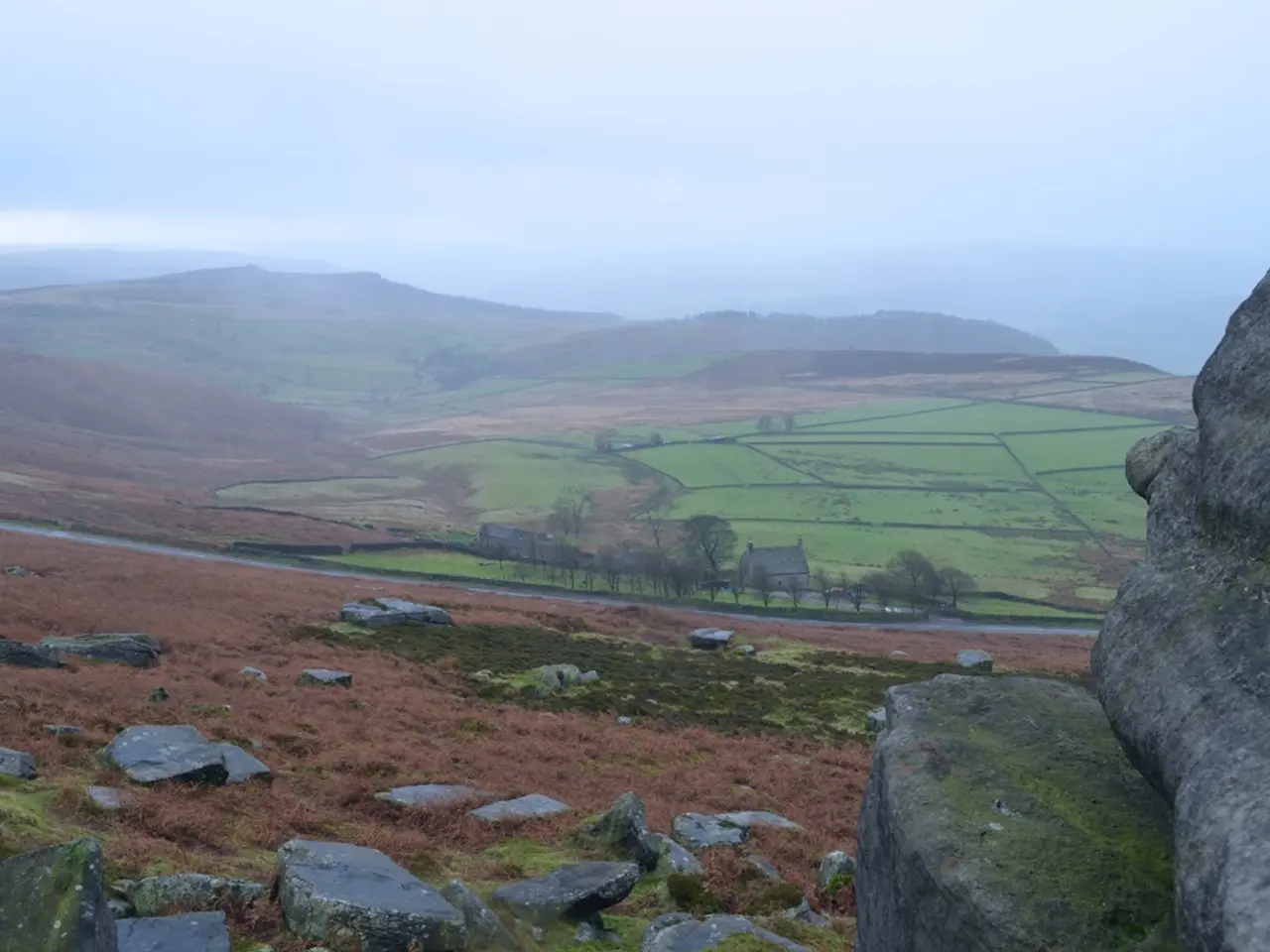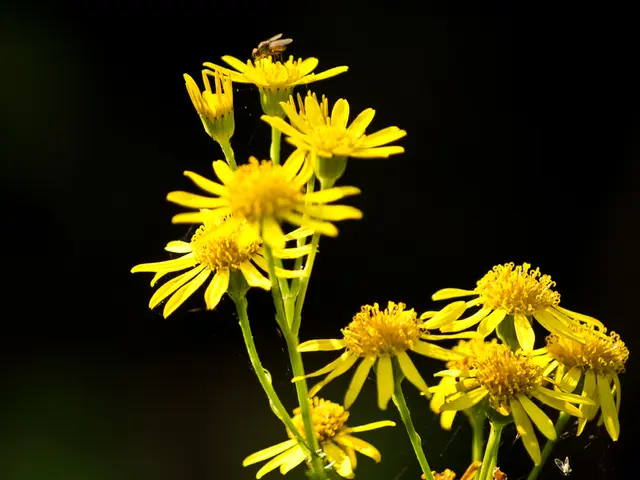Greetings to the National Park of American Samoa!
The National Park of American Samoa, located in the heart of the South Pacific, stands out as a unique gem among U.S. national parks. Spanning three islands - Tutuila, Ofu, and Ta’u - this park boasts a rich tapestry of geology, flora, fauna, culture, and accessibility that sets it apart from its counterparts.
Geologically, the park is home to the world’s tallest sea cliffs, soaring up to 3,000 feet above the ocean on the southern shore of Tau Island. These dramatic cliffs offer visitors the opportunity to hike along their base, taking in breathtaking coastal scenery.
The park’s tropical rainforests, found on Tutuila and Tau Islands, are home to approximately 450 plant species. The lush vegetation reflects the overall biodiversity of Samoa, which consists of inland rainforests and cloud forests supporting diverse ecosystems.
The park is also a haven for a variety of wildlife. It is home to American Samoa’s only native land mammal, the flying fox, a type of large fruit bat considered endangered. The park also houses the one native snake species, the Pacific boa, and is home to a rich avian life, including seabirds, shorebirds, and endemic rainforest birds.
The coral reefs surrounding Ofu Island support nearly 900 species of fish, showcasing the park’s rich marine biodiversity.
Culturally, the park preserves numerous Samoan cultural sites and artifacts, reflecting its role in protecting not only natural but also cultural heritage. The unique aspect of the park's land ownership model allows locals to continue traditional uses alongside conservation efforts, with the land being owned by the Samoan people, not the U.S. government.
Visitors can immerse themselves in Samoan culture through local events such as Fiafia Nights, which feature traditional dinner, music, and dance. For a more authentic experience, visitors can consider staying with local families in their fales (houses).
The park is accessible mainly via the three islands it occupies, with Tutuila Island being the largest and most accessible for visitors. Popular activities include hiking through tropical jungles and along trails such as Mount Alava on Tutuila, which offers stunning views over Pago Pago Harbor. Snorkeling is a favorite activity, especially off the white-sand beaches of Ofu Island, where crystal-clear waters and vibrant coral reefs provide excellent underwater experiences.
Visitors may wish to wear a lava lava, a skirt-like garment, to respect local customs and cover much of the body, especially when swimming. Hotel-style lodging is available on all three islands, but camping within the park is prohibited.
Safety guidelines for visitors include driving with a buddy, wearing protective clothing, carrying insect repellent, always snorkeling with a partner, watching out for falling coconuts, being aware of tidal movements and avas, being careful on coral rubble beaches and rocky areas, carrying enough water for hiking, not touching the coral, and seeking medical treatment on Tutuila if needed.
The National Park of American Samoa, America’s 50th National Park and the only one south of the equator, is dedicated to preserving Samoan/Polynesian culture and landscape. Visitors can explore this unique park, with its neotropical forests, indopacific reefs, and a 3,000-year-old culture, making it a must-visit destination for nature and culture enthusiasts alike.
- The National Park of American Samoa, an unique gem in U.S. national parks, is situated in the South Pacific heartland.
- Spanning three islands - Tutuila, Ofu, and Ta’u - this park showcases a rich geological tapestry.
- The park's tallest sea cliffs on Tau Island soar up to 3,000 feet, offering extraordinary hiking opportunities along their base.
- The park's tropical rainforests, found on Tutuila and Tau Islands, house over 450 plant species, reflecting Samoa's overall biodiversity.
- The park serves as a haven for a variety of wildlife, including the endangered flying fox, the Pacific boa, and numerous avian species.
- Ofu Island's coral reefs support nearly 900 fish species, showcasing the park's rich marine biodiversity.
- Culturally significant Samoan sites and artifacts are preserved within the park, reflecting its role in safeguarding both natural and cultural heritage.
- Local events like Fiafia Nights and homestays with local families offer visitors an immersion into Samoan culture.
- Tutuila Island, the largest and most accessible, is a popular hub for hiking and snorkeling activities.
- Mount Alava on Tutuila provides captivating views over Pago Pago Harbor, while Ofu Island's white sand beaches offer crystal-clear waters and vibrant coral reefs for snorkeling.
- To respect local customs, visitors may wear a lava lava when swimming or in public areas.
- Hotel-style lodging is available on all three islands, but camping within the park is forbidden.
- Visitors are advised to adhere to safety guidelines, such as driving with a buddy, wearing protective clothing, and caring for their own medical needs on Tutuila if needed, to fully enjoy this unique national park experience.




